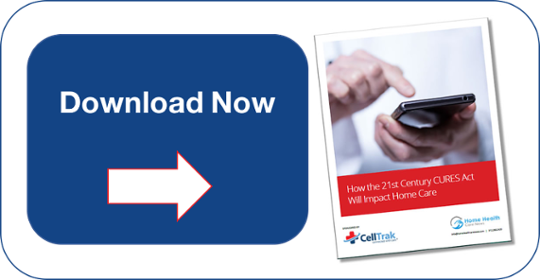Just two days after summer officially began this year, the Medicare Fraud Strike Force executed the largest sting on fraudulent home care billings in its history. In all, 301 people across 36 federal districts in the United States were charged in alleged fraudulent health care billings that totaled more than $900 million, according to Attorney General Loretta Lynch.
 When a scheme that big appears, people on all sides of the issue pay close attention. Department of Health and Human Services (HHS) Secretary Sylvia Mathews Burwell said in a statement: “We are continuing to put new tools and additional resources to work, including $350 million from the Affordable Care Act (ACA), for health care fraud prevention and enforcement efforts.”
When a scheme that big appears, people on all sides of the issue pay close attention. Department of Health and Human Services (HHS) Secretary Sylvia Mathews Burwell said in a statement: “We are continuing to put new tools and additional resources to work, including $350 million from the Affordable Care Act (ACA), for health care fraud prevention and enforcement efforts.”
Across the country, the executives at many home health care agencies went, “Gulp!”
Look to Technology for Answers
As scrutiny on billings gets tighter, the burden of proof pulls the belt a little snugger on operating margins that are already squeezed thin. Home care and services delivery agencies need to find ways to:
- Provide proof of visits and services delivered
- Enable staff – and regulators – to respond to audits faster and easier
In “How Home Health Agencies Can Stay Off the Fraud Radar,” Home Health Care News suggests agencies accomplish this by using care delivery software to its fullest. “Not engaging with technology, particularly related to documentation, can leave companies vulnerable and disadvantaged as the health system continues to evolve,” HHCN writes.
In home care, paperwork is everywhere – between the field and the office, and between the agency and all types of third parties. From admission forms to schedules to point-of-care documentation to care documentation for parties, paper historically has driven the home care environment. But this paperwork doesn’t need to exist, and in fact, many agency processes shouldn’t be done on actual paper.
Paper-based processes and systems not only cost agencies time and money, they carry inherent risk and a higher potential for fraud.
“We Have Proof Right Here”
The right Care Delivery Management solution will eliminate the need for paperwork at the point-of-care and provide agencies with a better, more efficient way to operate, including:
- Visit compliance. GPS-based and time-stamped records provide proof of visit. CellTrak’s solution even offers the capability of recording an electronic signature and snapping a secure photo of the caregiver with the client.
- Care plan compliance. Mobile solutions can give caregivers up-to-the-minute care plans, including any last-minute changes. Completion is easily documented onsite where the client can verify the delivery of care.
- Documentation accuracy. Studies show that documentation done at the point-of-care is more accurate than documentation done at a later time. Obviously, the quality of documentation affects an agency’s ability to prove compliance.
Should an agency need to respond to an audit, having complete, up-to-date information that’s stored electronically in a central, easily searchable location will enable staff to quickly and credibly respond to information requests.
When agencies can use care delivery software to confidently and accurately demonstrate compliance and support for billings, they won’t have to worry about being impacted by fraud.
Download the white paper "How the 21st Century CURES Act Will Impact Home Care" to learn more about how you can prevent the risk of fraud.
